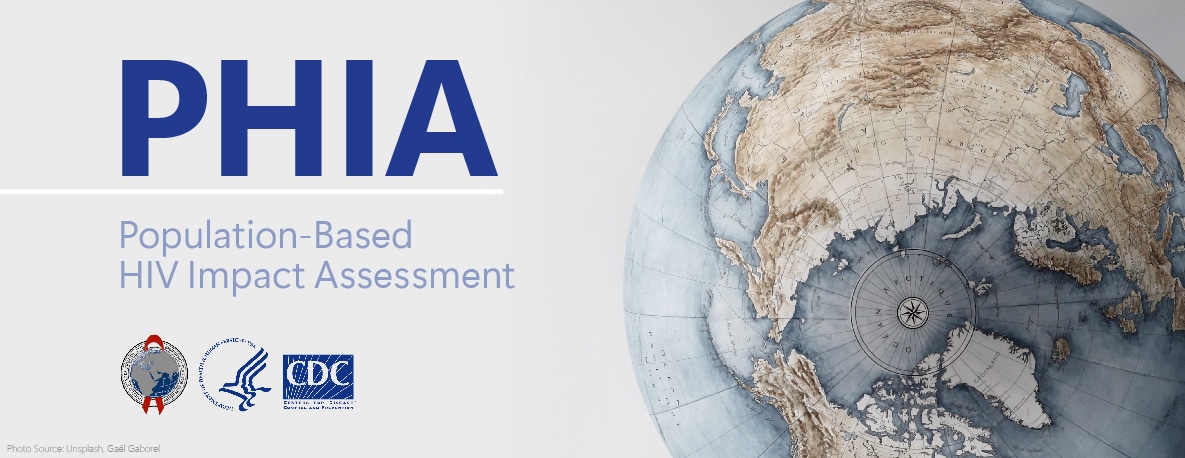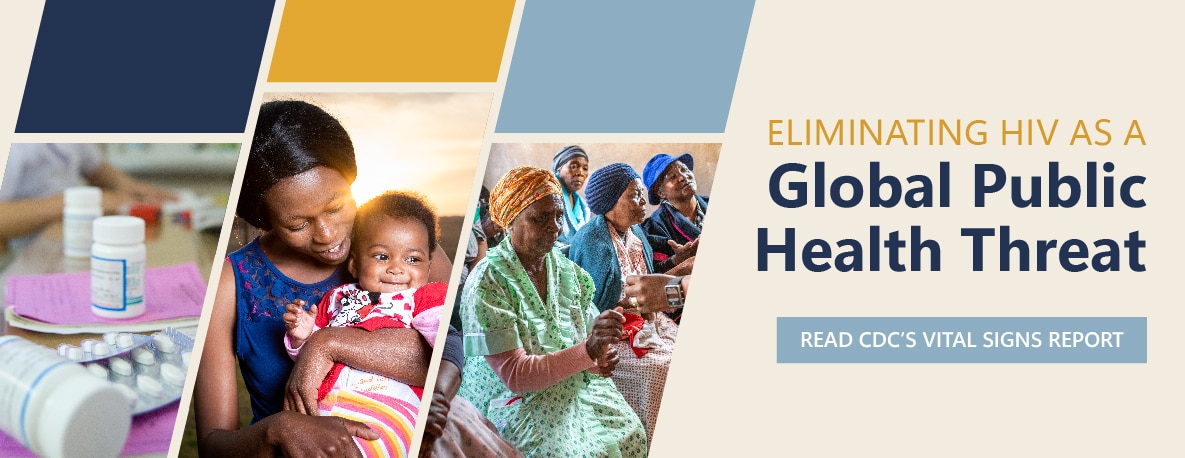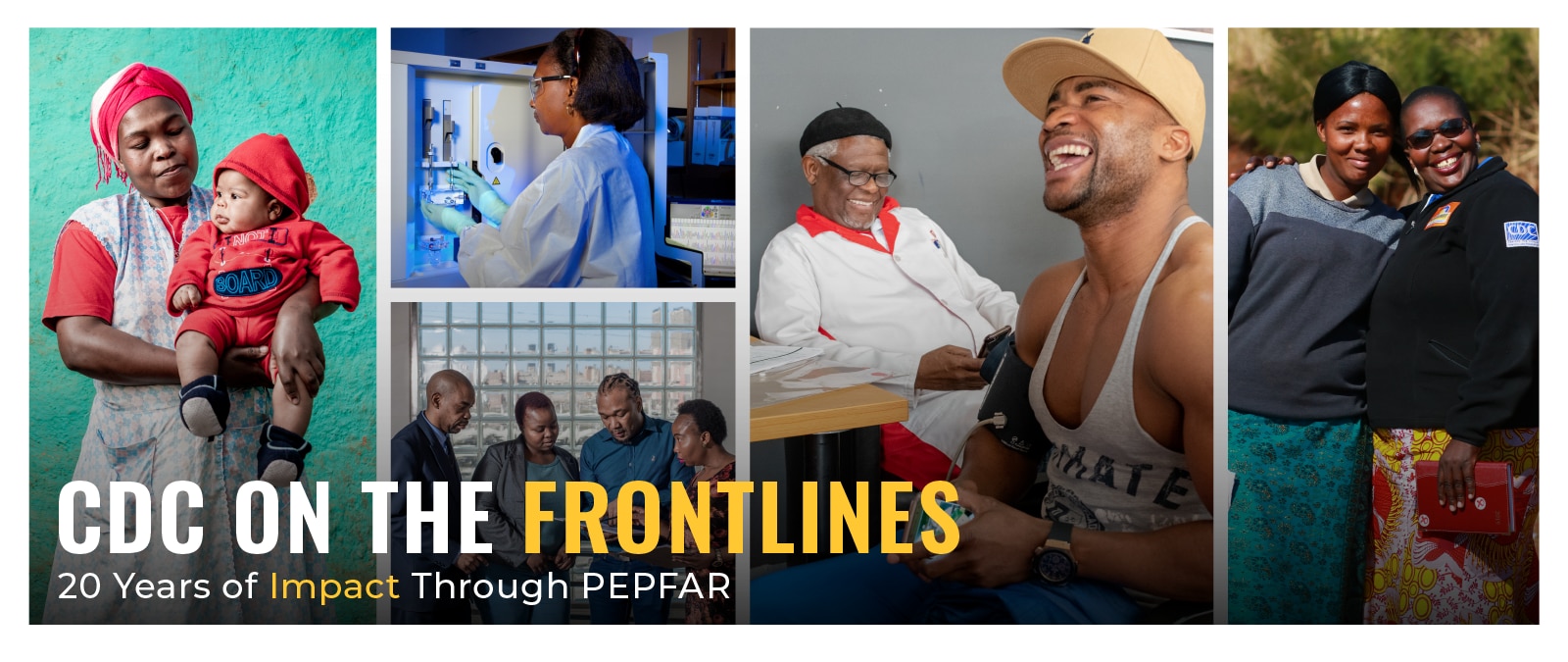Kyrgyzstan Country Profile
Kyrgyzstan Country Profile
Discover more about CDC’s work in Kyrgyzstan by viewing our detailed country profile
Country Overview
CDC’s Central Asia Regional office was established at the U.S. Consulate in Almaty, Kazakhstan in 1995 but expanded its operations ten years later when it began directly receiving funds through the U.S. President’s Emergency Plan for AIDS Relief (PEPFAR) to strengthen national public health programs focused on HIV and tuberculosis (TB). Through PEPFAR, CDC continues to work with the governments of the Central Asia Region (primarily Kazakhstan, Kyrgyzstan, and Tajikistan) to accelerate their progress toward achieving HIV epidemic control. CDC supports the use of high-quality epidemiological data to develop and scale up high-impact HIV prevention and treatment services that reach key populations (particularly persons who inject drugs) in high-burden regions. CDC also provides direct financial and technical assistance to Republican AIDS Centers and Republican Narcological Centers in all three countries, which supports these government organizations to develop and execute evidence-based strategies and guidelines for HIV-infection control.
Per Capita GNI
$1,410
(2022)
Population (million)
6.8
(2022)
Under 5 Mortality
17.4/1,000 Live Births
(2021)
Life Expectancy
71.9 Years
(2021)
Estimated HIV Prevalence
0.3%
(Ages 15-49): (2022)
Estimated AIDS Deaths
Less than 200
(Age≥15) (2022)
TB Treatment Success Rate
82%
(2020)
Estimated TB Incidence
130/100,000
(2021)
Estimated Orphans Due to AIDS
3,300
(2022)
TB patients with known HIV-status who are HIV-positive
2.9%
(2021)
Reported Number Receiving Antiretroviral Therapy (ART)
5,604
(Age≥15) (2022)
Strategic Focus
The partnership between the U.S. Centers for Disease Control and Prevention (CDC) and the Government of Botswana began in 1995 with the goal of strengthening tuberculosis (TB) prevention and control through public health research. In 2000, the partnership grew to include HIV prevention, treatment, and strategic information program development to maximize the quality, coverage and impact of Botswana’s national response to the HIV epidemic. In 2013, CDC launched a four-year study, the Botswana Combination Prevention Project (BCPP), in partnership with the Botswana Ministry of Health and Harvard School of Public Health. The goal of the study was to evaluate whether coordinated and strengthened community-based HIV prevention methods prevent the spread of HIV better than the current methods. The BCPP program will conclude all in-country activities by August 2018.
CDC Botswana supports the Ministry of Health and Wellness (MOHW) through the President’s Emergency Plan for AIDS Relief (PEPFAR) Botswana and CDC headquarters. Our implementing partners (IPs) support Botswana’s antiretroviral treatment (ART), prevention of mother-to-child transmission (PMTCT) and TB programs, and work with the most impacted populations in targeted districts to support the scale-up and quality of services for both HIV-positive and negative individuals. Our HIV testing program is based in public facilities and communities and works to ensure pregnant women, people with TB and suspected TB, families and partners of people living with HIV, adolescent girls, young women, and men living with HIV know their HIV status.
CDC support to Botswana includes linkage to and retention in HIV treatment services, as well as quality of these services. The voluntary medical male circumcision (VMMC) program, through static sites and in- and out-of-school campaigns, helps to keep boys and men HIV-free. Our IPs enhance quality services through training, mentoring and supportive supervision and routine, comprehensive site monitoring visits, and remediation plans. CDC supports quality laboratory testing necessary for the diagnosis and treatment of people living with HIV and with TB. Our strategic information support is critical to the development, implementation and dissemination of population-based surveys as well as the quality of national health information systems and PEPFAR monitoring and evaluation systems. Our science program contributes generalizable knowledge related to HIV and TB. CDC supports the MOHW to enhance cervical cancer detection and prevention programs and with the establishment of the Botswana Public Health Institute.
Key Activities and Accomplishments
• Scale up of successful high-yield HIV testing modalities, including facility and community index testing, and identification and HIV testing of presumptive TB patients.
• MOHW’s universal ART treatment strategy, initiated in June, 2016, aims to provide antiretroviral treatment to all. CDC provides technical assistance to improve clinical services and ensure evidence-based modalities are implemented to enhance treatment initiation, adherence and retention for people living with HIV (PLHIV).
• The PMTCT program is one of Botswana’s success stories. It was grounded in CDC’s research findings. Now, CDC’s technical assistance provides training, mentoring and strengthening of existing clinical systems to support pregnant HIV-positive mothers and their HIV-exposed babies.
• Cervical cancer technical assistance is aimed to support the MOHW to scale up capacity in preventing cervical cancer in PLHIV. Capacity building includes policy development, training, and mentorship.
• The national Safe Male Circumcision (SMC) program was launched 2009. CDC supports the SMC program through technical assistance, service delivery, and demand creation.
• CDC strengthens the MOHW’s data systems and use by providing expertise and technical assistance to enhance data completeness and quality, improve surveillance systems, and increase data use.
• In collaboration with the MOHW and PEPFAR, CDC provided technical assistance for the construction and equipping of the National Public Health Laboratory (NPHL). The NPHL was built to establish laboratory capacity for routine surveillance and response to public health emergencies; to improve the availability, quality, and use of laboratory data for evidence-based decision making and planning in support of routine surveillance and epidemiologic investigations; and to foster collaboration between human, animal and environmental health laboratories. The NPHL hopes to provide a forum to promote partnerships as Botswana strives for a One Health approach to healthcare.
• Results from CDC’s BCPP study led to innovative testing, linkage to treatment, and retention strategies. Lessons learned in heath information system challenges, poor documentation of viral load testing, and other key operational and research questions have been rapidly translated into programs for maximum impact.

Tracking PEPFAR Impact Toward Global Targets
The U.S. Centers for Disease Control and Prevention (CDC) works with partners including host countries, local implementing partners, faith-based organizations, and other community-based organizations to measure progress towards HIV epidemic control in countries supported by the U.S. President’s Emergency Plan for AIDS Relief (PEPFAR).

Vital Signs: Global HIV Communications Toolkit
In 2003, the U.S. President’s Emergency Plan for AIDS Relief, or PEPFAR, was announced. When it was launched, PEPFAR became the largest commitment by any nation to address a single disease in history. At the time, HIV was a global crisis, devastating families, communities, and economies worldwide—particularly in sub-Saharan African countries.

CDC On the Frontlines
Over the past 20 years, the U.S. President’s Emergency Plan for AIDS Relief (PEPFAR) has saved millions of lives as a leader in the global response to two of the world’s deadliest infectious diseases – HIV and TB. As a key implementing agency of the U.S. President’s Emergency Plan for AIDS Relief (PEPFAR), CDC is at the forefront of these global efforts to treat and prevent these diseases.